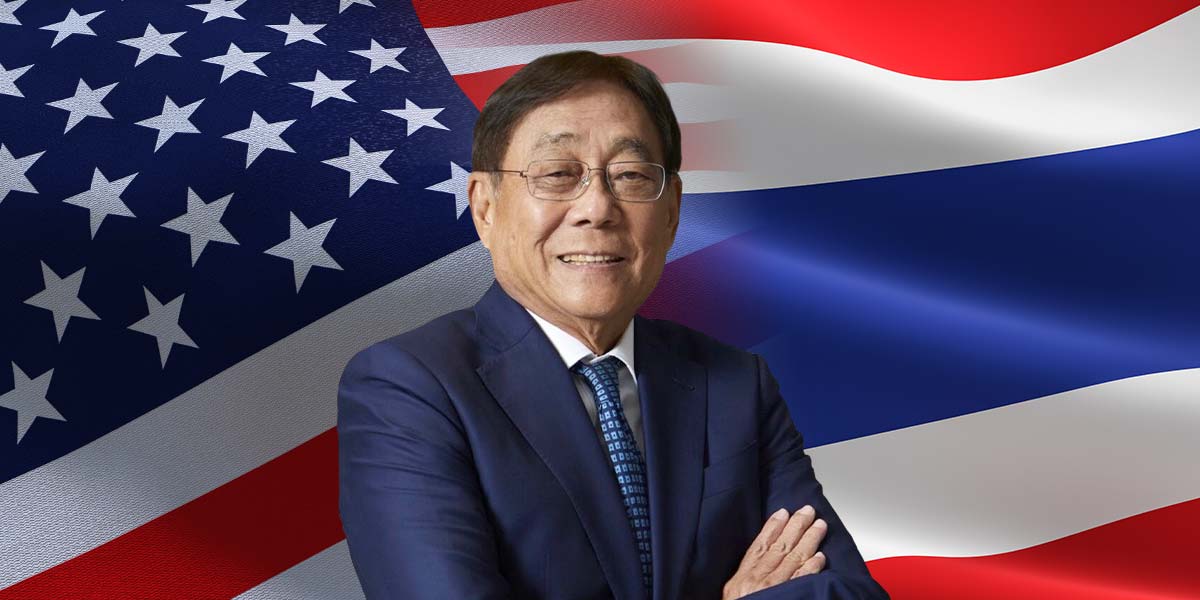The Thai negotiation team held another round of discussions with the United States Trade Representative (USTR) on Wednesday, as the stakes rise over possible U.S. import tariffs on Thai goods.
Deputy Prime Minister and Finance Minister, Pichai Chunhavajira, who leads the “Team Thailand” negotiation group, revealed that trade talks are expected to continue on Thursday night, with hopes for a new proposal to persuade the U.S. to lower its reciprocal tariff rate from the steep 36% previously announced.
Speaking to Parliament on Thursday, Pichai was called upon by opposition lawmakers to disclose more details of the ongoing trade talks with Washington. However, he requested a deferral, citing scheduling conflicts.
Deputy Finance Minister Paopoom Rojanasakul stated that the ongoing negotiations aim to find the best path for Thailand, noting that the outcome must consider both the export sector and the potential effects on domestic producers and farmers if the country opens its market further to the U.S.
Paopoom also elaborated on the U.S.-Vietnam tariff agreement, which operates under a two-rate system: 20% and 40%, depending on the product’s Regional Value Content (RVC)—a measure of domestic value added. An appropriate percentage of domestic resources in the content would face 20% tariffs, while a higher percentage of foreign resources in the content could face 40% tariffs and deemed transshipment.He pointed out that, due to lower domestic production in Vietnam, many products end up being taxed at 40%.
In contrast, the deputy minister emphasized that Thailand, with its more developed manufacturing economy and high regional production, should fare better under similar RVC criteria, making the country eligible for lower tariff rates than Vietnam. He argued that while some often cite Vietnam’s 20% tariff success, the reality is many Vietnamese exports are subject to the higher rate.
The negotiations are under pressure to deliver results quickly, with a U.S. deadline of August 1, 2025. Without an agreement, Thailand faces the risk of U.S. tariffs jumping to 36%, a development that analysts warn could be detrimental to the nation’s export industry.





